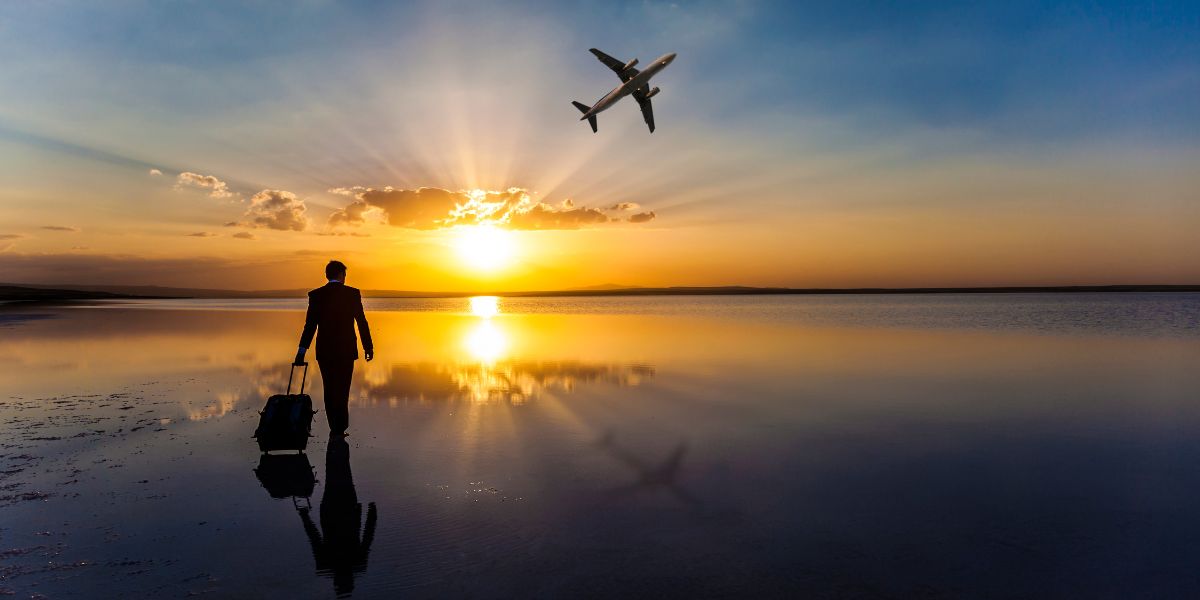India is one of the world’s most diverse and fascinating countries. With its ancient heritage, cultural richness, vibrant cities, and spiritual landmarks, it continues to attract millions of international visitors each year. Whether you’re planning a sightseeing adventure across Rajasthan, a business trip to Bangalore, or a spiritual retreat in Rishikesh, it’s important to understand India’s current travel requirements and visa processes.
This guide provides an in-depth look at key entry regulations, including the India Suvidha Self Declaration Form, visa categories, and what to expect when arriving at an Indian port of entry. With updated protocols, streamlined online systems, and growing airport infrastructure, entering India has never been more convenient—if you’re prepared.
India’s Entry Requirements: An Overview
India has evolved its border entry protocols significantly in recent years. While the global pandemic brought changes in international travel, the country has since simplified processes by digitizing many aspects of its immigration and health declaration systems.
To enter India legally and smoothly, international travelers must typically ensure the following:
- A valid visa (e-Visa or sticker visa)
- Passport with at least six months’ validity
- A completed health declaration (if applicable)
- Return or onward travel ticket
- Proof of accommodation or itinerary
What is the India Suvidha Self Declaration Form?
The India Suvidha Self Declaration Form is an online health document required by the Government of India for incoming international travelers. Initially introduced during the COVID-19 pandemic, the form helped authorities monitor incoming visitors’ health status, travel history, and possible exposure to infectious diseases.
Although some restrictions have eased, travelers are still advised to check whether submission of the Suvidha Form is required for their country of departure or if any updated protocols are in place.
Key information required in the form includes:
- Traveler’s personal details
- Flight information
- Recent travel history (past 14 days)
- Vaccination status
- COVID-19 testing records (if applicable)
- Intended place of stay in India
The form is generally filled out online via the official Air Suvidha portal before departure. Once submitted, a confirmation receipt is issued, which should be presented at check-in and immigration.
Who Needs to Submit the Air Suvidha Form?
While rules may change based on global health updates, here’s a basic breakdown of who might need to submit the form:
- Passengers traveling from countries with high-risk alerts
- Unvaccinated travelers
- Those arriving on specific flights designated by Indian authorities
As of the latest updates, fully vaccinated travelers from most countries may no longer need to submit the form. However, it’s essential to stay updated with airline guidelines and Indian immigration rules.
Tip: Always check the official Air Suvidha Form page a few days before departure to confirm the latest requirements.
Indian Visa Categories
Travelers can enter India on various types of visas depending on the purpose of their visit. Here’s a quick look at the main categories:
- Tourist Visa – For leisure, sightseeing, visiting family or friends.
- Business Visa – For attending meetings, conferences, or business engagements.
- Medical Visa – For those seeking treatment in India’s hospitals or wellness centers.
- Student Visa – For long-term academic programs or research.
- Employment Visa – For expatriates working in India-based organizations.
- e-Visa – A digitally issued visa for eligible nationalities (tourism, business, and medical).
Can You Get an Indian Visa on Arrival?
India offers a relatively flexible visa regime, but the concept of “visa on arrival” is limited to certain countries under special agreements. The majority of international visitors must apply for a visa in advance—either through the Indian embassy or via the e-Visa portal.
However, citizens of a few selected countries such as Japan, South Korea, and the UAE (under specific conditions) may qualify for a true Indian visa on arrival. This visa is issued at designated airports and allows short-term entry for business, tourism, or medical purposes.
Requirements for visa on arrival usually include:
- Passport with 6 months’ validity
- Return or onward ticket
- Sufficient financial proof
- Hotel reservations or invitation letter (if applicable)
It’s important to remember that even eligible travelers are advised to verify current policies before travel. In most cases, applying for an Indian e-Visa is more practical and time-saving.
Applying for an Indian e-Visa: The Modern Solution
The Indian government’s e-Visa facility is available to citizens of over 160 countries. This digital system allows visitors to apply, pay, and receive their visa entirely online—no embassy visits or physical paperwork needed.
Steps to apply:
- Visit the official Indian e-Visa website or a trusted visa processing portal.
- Fill out the online application with personal, passport, and travel details.
- Upload required documents (passport scan, photo).
- Pay the visa fee securely online.
- Receive your e-Visa via email in 2-5 business days.
Once approved, travelers must carry a printed or digital copy of the e-Visa when flying into India.
Common e-Visa types include:
- e-Tourist Visa
- e-Business Visa
- e-Medical Visa
e-Visas are typically valid for 30 to 365 days, depending on nationality and visa type.
Arrival Process at Indian Airports
Once you land at one of India’s major international airports, you’ll go through immigration checks. Here’s what to expect:
- Present your passport, visa, and completed Suvidha Form (if required)
- Answer brief questions from immigration officers about your purpose of visit
- Submit biometric data (fingerprints and photo)
- Proceed to baggage claim and customs
Indian airports such as Delhi (DEL), Mumbai (BOM), Bengaluru (BLR), and Hyderabad (HYD) have upgraded their facilities to ensure fast and efficient immigration clearance.
Pro Tip: Having a hard copy of your visa and entry forms, along with proof of accommodation, can help speed up the process.
Final Travel Tips for India Visitors
- Check health advisories before departure, especially if flying from regions with special travel restrictions.
- Keep multiple copies (both digital and print) of your travel documents.
- Use registered taxis or ride-hailing apps upon arrival for safer travel.
- Stay updated on local regulations, especially in different Indian states, as rules may vary.
Conclusion
India offers a rich and rewarding experience for global travelers—but preparation is essential. From completing your health declarations like the India Suvidha Self Declaration Form to selecting the right visa type, a smooth journey begins with careful planning.
While the option of an Indian visa on arrival exists for a few select travelers, most visitors will benefit from the streamlined e-Visa process that simplifies entry without hassle.
Whether you’re arriving by air or sea, India welcomes you with open arms—and a centuries-old legacy of hospitality, healing, and history.

